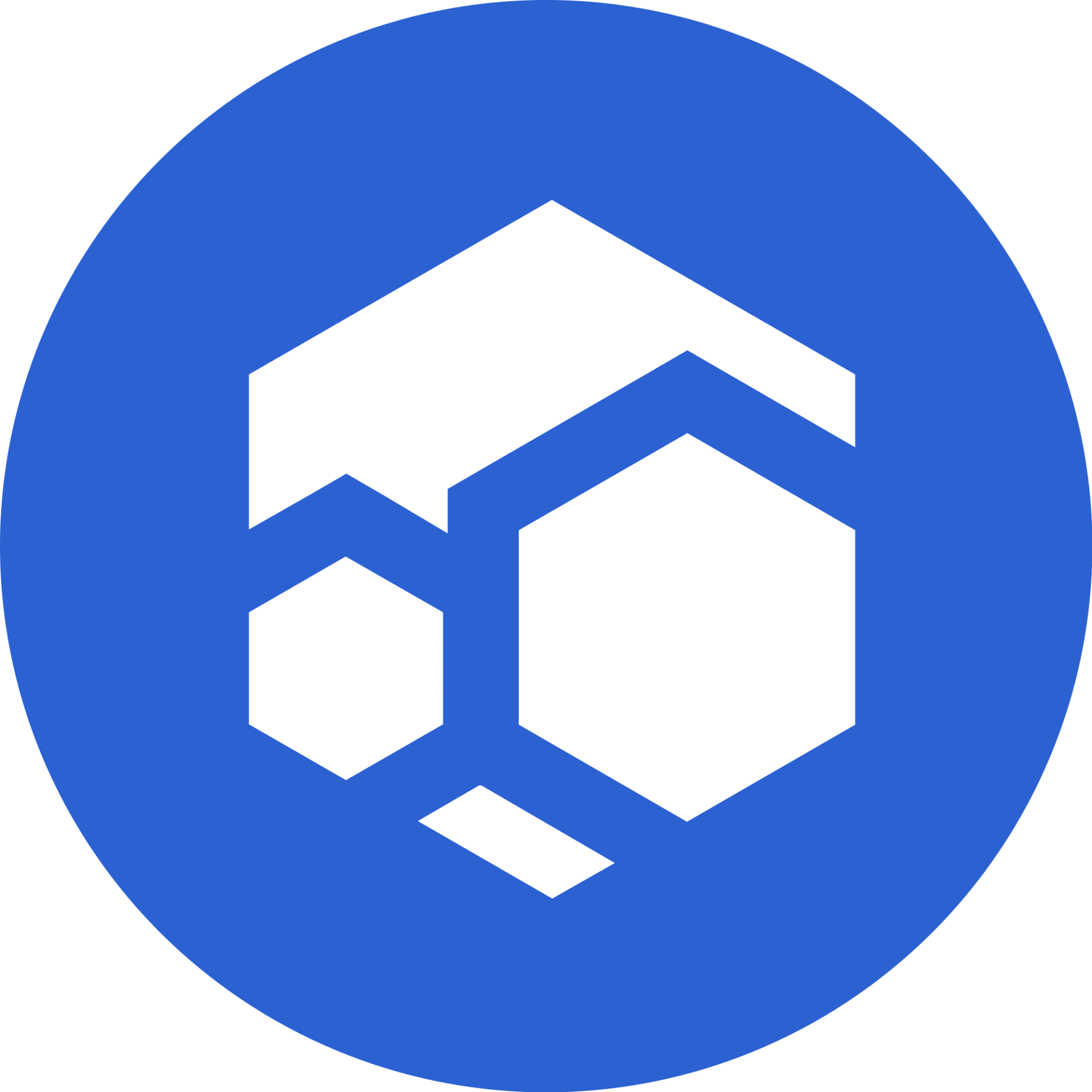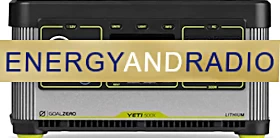Decentralized Web3 Cloud Infrastructure
Flux (FLUX)
Flux is a decentralized Web3 cloud infrastructure composed of user-operated, scalable, and globally distributed computational nodes. The Flux ecosystem includes: Fluxnodes' decentralized infrastructure, FluxOS cloud operating system, Zelcore self-custody multi-asset wallet and blockchain app suite, and the Flux blockchain for on-chain governance, economics, and parallel assets to provide interoperability with other blockchains and DeFi access.
Social Media:
Social Media:
No suggested links available.





